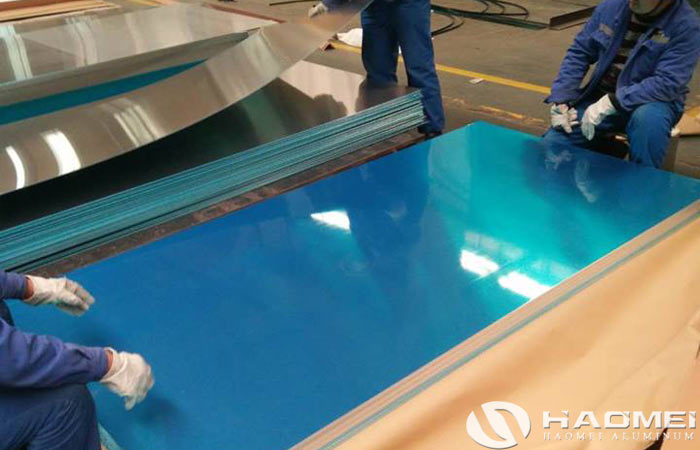6061 aluminum alloy is a medium to high strength 6000 series aluminium alloy that can be heat treated. Under the action of metal magnesium, aluminum alloy 6061 properties has excellent corrosion resistance, good welding performance, easy processing, and can be anodized and colored. Aluminum alloy 6061 are widely used in aerospace transportation electronic products and architectural decoration and other fields.
1, Due to the poor formability of 6061 aluminum alloy at room temperature, its multi-directional forging is a non-steady and irreversible process of thermal changes. The process parameters (such as strain, deformation, pass, deformation temperature, deformation speed, etc.) have a great influence on the plastic deformation behavior of the material. The complexity is directly related to the microstructure and properties of the prepared bulk UFG material and the forming quality of the final forging blank.
2, During the multi-directional forging deformation process of 6061 aluminum alloy, the forming load is the most sensitive to the deformation temperature, and the equivalent strain is the most sensitive to the deformation pass;
3, The “bulging belly” phenomenon appeared in the multi-directional forging process of the 6061 aluminum alloy billet, and the metal flow on the central longitudinal section showed the “eight” shape characteristic. With the increase of deformation passes, the accumulated strain in the material gradually increases, and the deformation uniformity is continuously improved;
4, The multi-directional forging process can strongly refine the grains and effectively improve the mechanical properties of the material. With the increase of deformation passes, the grain refinement degree and microstructure uniformity of 6061 aluminum alloy material increased continuously, and the mechanical properties were further improved, but the increase gradually decreased after 2 passes;
5, After 4 passes of multi-directional forging, aluminum alloy 6061 properties like hardness and strength are significantly improved. The microhardness and tensile strength are 861HV and 223MPa, respectively, compared with the initial as-cast state, an increase of 140.5% and 102.7%, respectively.

